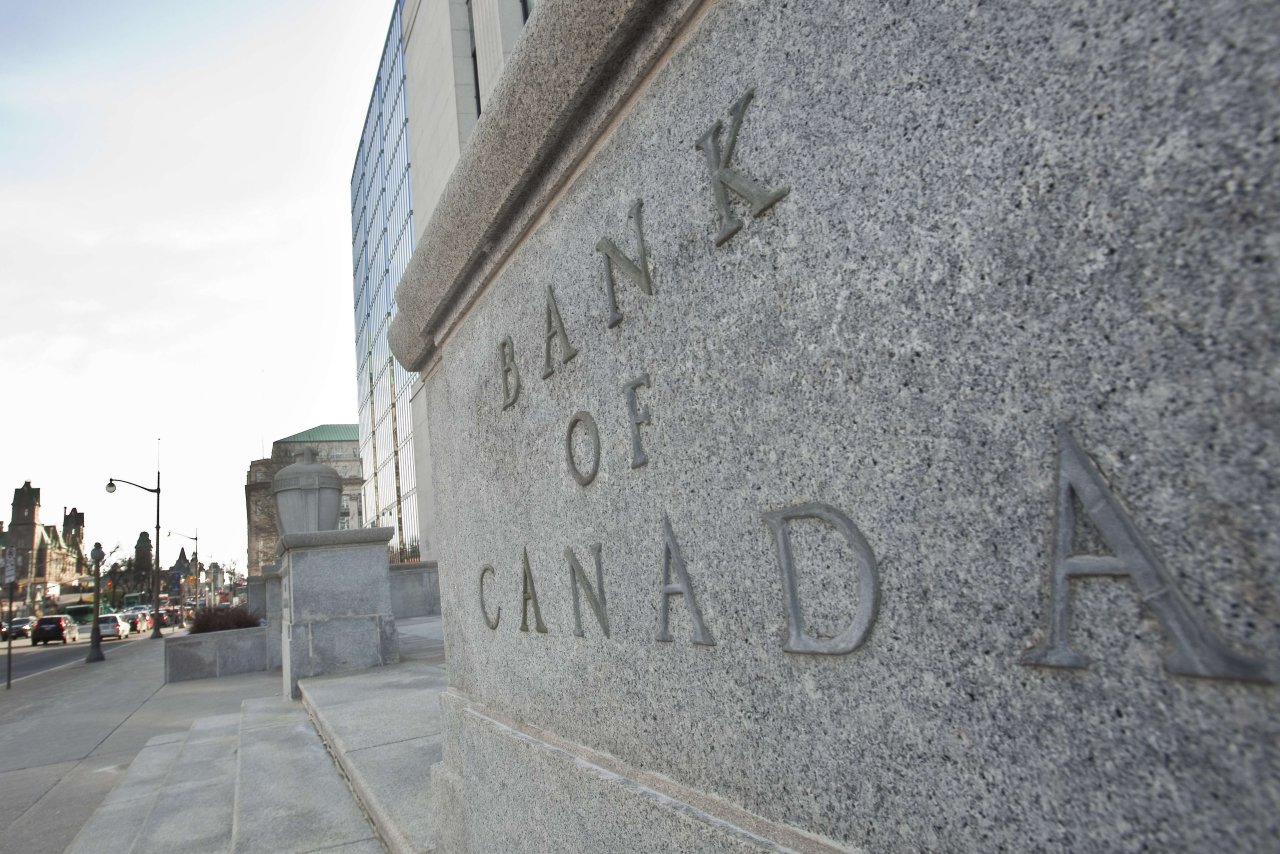- Fading Consumers Make Canada’s GDP Slowdown Worse Than Expected
Canada’s economy decelerated more than expected in the second half of last year, amid signs indebted households have begun slowing down spending.
The economy grew at an annualized pace of 1.7 percent in the fourth quarter, Statistics Canada reported Friday, versus economist expectations for 2 percent growth. Third-quarter gross domestic product growth was also revised down.
After leading the Group of Seven in growth last year, Friday’s numbers show a Canadian economy that has lost momentum, seemingly hampered by longstanding productivity issues and the growing potential of a hangover from the real estate boom. The U.S. economy recorded growth rates of 3.2 percent in the third quarter and 2.5 percent in the last three months of 2017. Canada hasn’t trailed the U.S. in growth to this extent since early 2015.
“While most forecasters expect the pace of growth to be slower in 2018, we still believe that there’s a growing risk of the economy stumbling badly,” said David Madani, senior Canada economist at Capital Economics, in a note to investors.
At Potential
And the data not only show the slowdown is underway, which was expected, but an economy that isn’t even growing above its so-called potential growth level.
That’s a surprise since most economists were expecting Canadian growth would continue to run slightly above its noninflationary speed limit for at least another year, leading to price pressures that would prompt the Bank of Canada to keep lifting interest rates.
“With trade uncertainties mounting and inflation still reasonably well behaved, this gives the Bank of Canada plenty of leeway to stay cautious,” Doug Porter, chief economist at Bank of Montreal, said in a note to investors. “We continue to expect the Bank to move to the sidelines until the second half of this year.”
The Canadian dollar is tied with the Mexican peso as the worst performing major currencies over the past month, and is one of the worst performing over the past six months. The dollar was little changed after the GDP report, after falling as low as 0.4 percent earlier in the day.
Housing
What may be worse is that fourth-quarter GDP figures were exaggerated by temporary factors in housing. Spending on residential structures surged in the last three months of 2017 to an annualized 13.4 percent, the strongest quarterly increase since 2012. The gain was led by stronger-than-expected new home construction, and as buyers rushed to get ahead of tighter mortgage qualification rules that came into effect Jan. 1.
The increase in residential spending was responsible for 1 percentage point of the 1.7 percent growth rate, Statistics Canada said. Residential investment had been a drag on growth the previous two quarters.
The second-half slowdown was driven in large part by household spending, with consumption growth in the fourth quarter at the slowest pace since 2016. That was due in part to a higher saving rate, which increased to 4.2 percent in the fourth quarter, from 4 percent in the third quarter.
Statistics Canada did revise up growth estimates for the first half of the year to 4.2 percent, from an initially reported 4 percent.
One positive was non-residential business investment accelerating in the fourth quarter, up 8.2 percent on an annualized basis. Combined with the stronger residential spending, that helped to keep domestic demand growth at a relatively strong 3.9 percent clip in the fourth quarter, unchanged from the third quarter.
While exports recovered at the end of the year after plunging in the third quarter, that still wasn’t enough to keep the trade sector from being a drag on growth as imports increased at more than twice the pace.


 Forex2 weeks ago
Forex2 weeks ago


 Naira1 week ago
Naira1 week ago
 Naira4 weeks ago
Naira4 weeks ago
 Company News4 weeks ago
Company News4 weeks ago
 Billionaire Watch1 week ago
Billionaire Watch1 week ago




 Naira2 weeks ago
Naira2 weeks ago




 Naira1 week ago
Naira1 week ago




 Naira3 weeks ago
Naira3 weeks ago
















